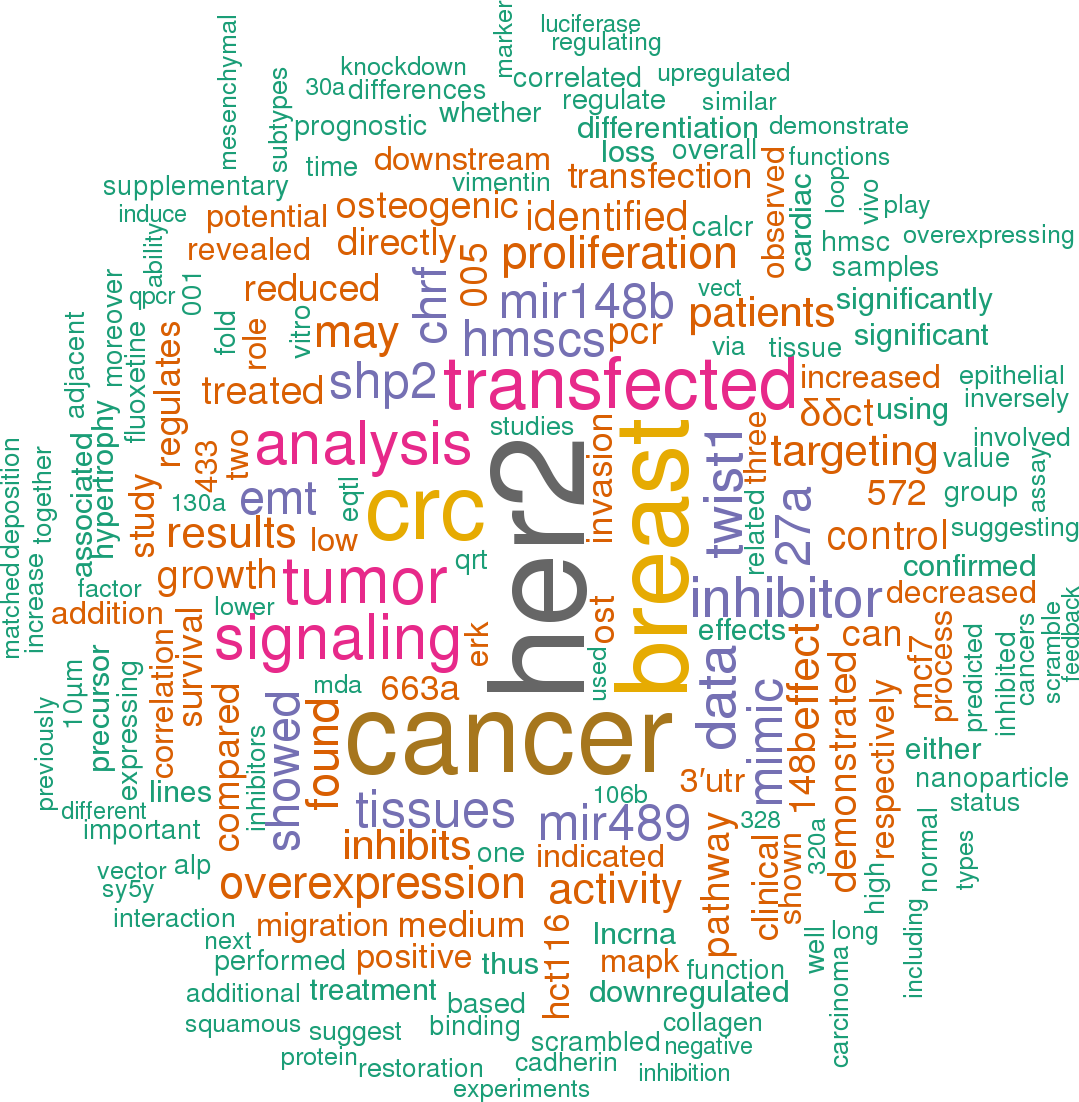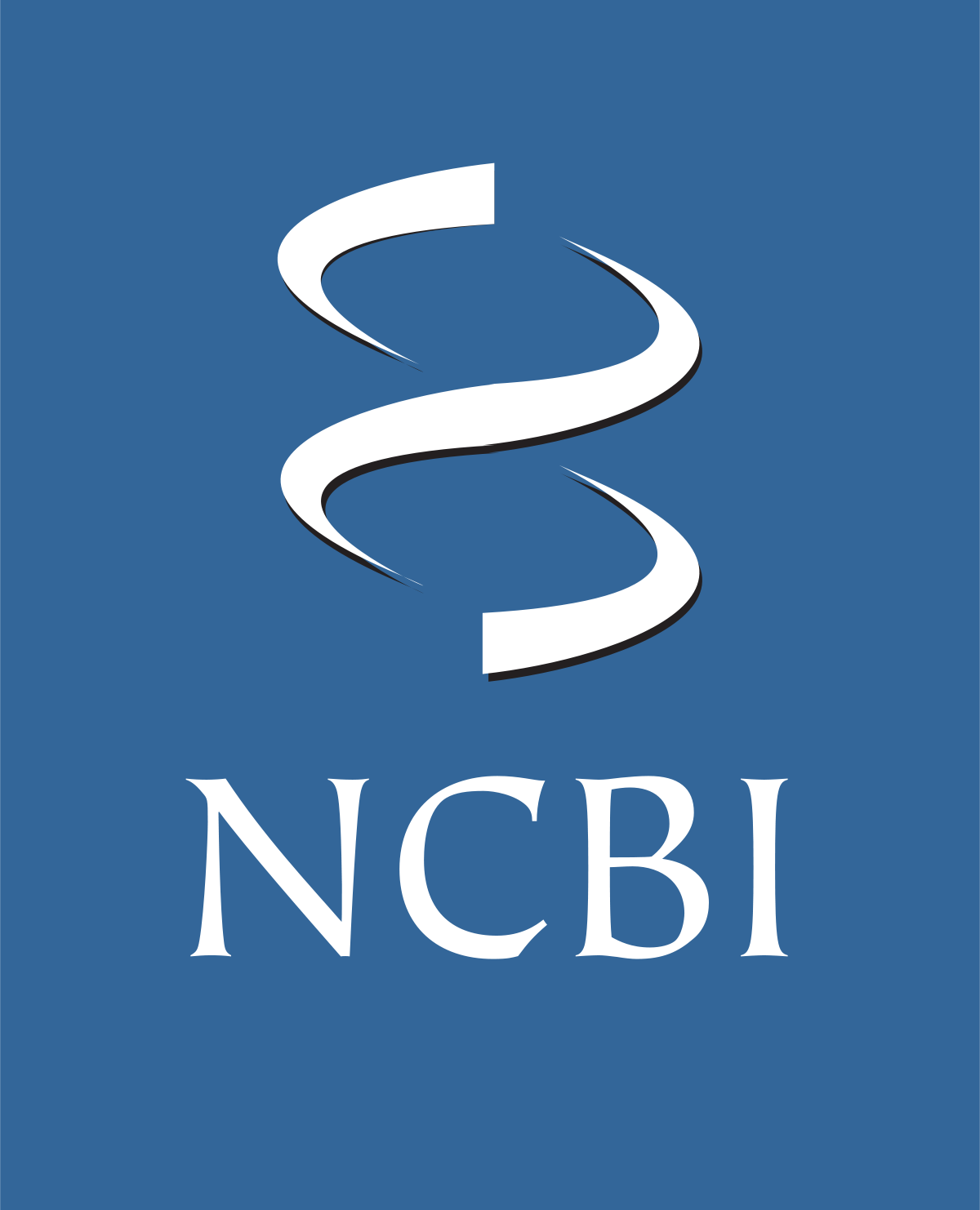Accession
MI0003124
Symbol
HGNC:
MIR489
Description
Homo sapiens
hsa-mir-489 precursor miRNA
Gene family
MIPF0000111;
mir-489
Summary
Caution, this is an AI generated summary based on literature. This may have errors. ?
MIR489 is a microRNA that has been identified in various studies as playing a role in different biological processes. It has been found to be differentially expressed in paired samples and shares similar regulatory trends with other miRNAs [PMC3398046]. MIR489 is necessary for maintaining the quiescent state of satellite cells by post-transcriptionally repressing the oncogene Dek [PMC6303387]. It has also been implicated in the regulation of quiescence in MuSCs [PMC9715903]. MIR489 has been shown to be downregulated in certain conditions, such as cardiac hypertrophy, where it is regulated by the lncRNA cardiac hypertrophy-related factor (chrf) [PMC7123062]. Additionally, MIR489 has been identified as a positive modulator of adult stem cell quiescence and is involved in the post-transcriptional suppression of the oncogene Dek [PMC6446479]. In breast cancer cell lines, overexpression of MIR489 leads to down-regulation of HER2 [PMC4951289]. Downregulation of miR200c and MIR489 has been associated with better prognosis, while upregulation of miR484 and miR4443 is associated with better prognosis [PMC7827149]. Furthermore, targeting MIR489 may have therapeutic potential for certain conditions such as kidney ischemia and cardiac hypertrophy [PMC8001091] [PMC6562440] . However, it should be noted that deletion or knockout of certain genes may not necessarily affect the expression or presence of intronic MIR489 or other miRNAs such as miR208.
Literature search

46 open access papers mention hsa-mir-489
(424 sentences)
(424 sentences)
Sequence
667
reads,
17
reads per million, 43 experiments
guggcagcuugguGGUCGUAUGUGUGACGCCAUUUacuugaaccuuuaggaGUGACAUCACAUAUACGGCAGCuaaacugcuac
(((((((.(((((.(((((((((((((.(.((((..(((((....))))))))).).))))))))))))).))))).)))))))
(((((((.(((((.(((((((((((((.(.((((..(((((....))))))))).).))))))))))))).))))).)))))))
Structure
c G C C Ua a
guggcag uuggu GUCGUAUGUGUGA G CAUU cuuga c
||||||| ||||| ||||||||||||| | |||| |||||
caucguc aauCG CGGCAUAUACACU C GUGa ggauu c
a A A A -- u
Annotation confidence
Not enough data
Do you think this miRNA is real?
Comments
The mature sequence shown here represents the most commonly cloned form from large-scale cloning studies [2]. The 5' end of the miRNA may be offset with respect to previous annotations.
Genome context
chr7: 93483936-93484019 [-]
Clustered miRNAs
1 other miRNA is < 10 kb from hsa-mir-489
| Name | Accession | Chromosome | Start | End | Strand | Confidence |
|---|
Disease association
hsa-mir-489 is associated with one or more human diseases in the Human microRNA Disease Database
| Disease | Description | Category | PubMed ID |
|---|
Mature hsa-miR-489-3p
| Accession | MIMAT0002805 |
| Description | Homo sapiens hsa-miR-489-3p mature miRNA |
| Sequence | 52 - GUGACAUCACAUAUACGGCAGC - 73 |
| Evidence |
experimental
array-cloned [1], cloned [2], Illumina [3] |
| Database links |



|
| Predicted targets |


|
Mature hsa-miR-489-5p
| Accession | MIMAT0026605 |
| Description | Homo sapiens hsa-miR-489-5p mature miRNA |
| Sequence | 14 - GGUCGUAUGUGUGACGCCAUUU - 35 |
| Evidence |
experimental
Illumina [3] |
References
|



